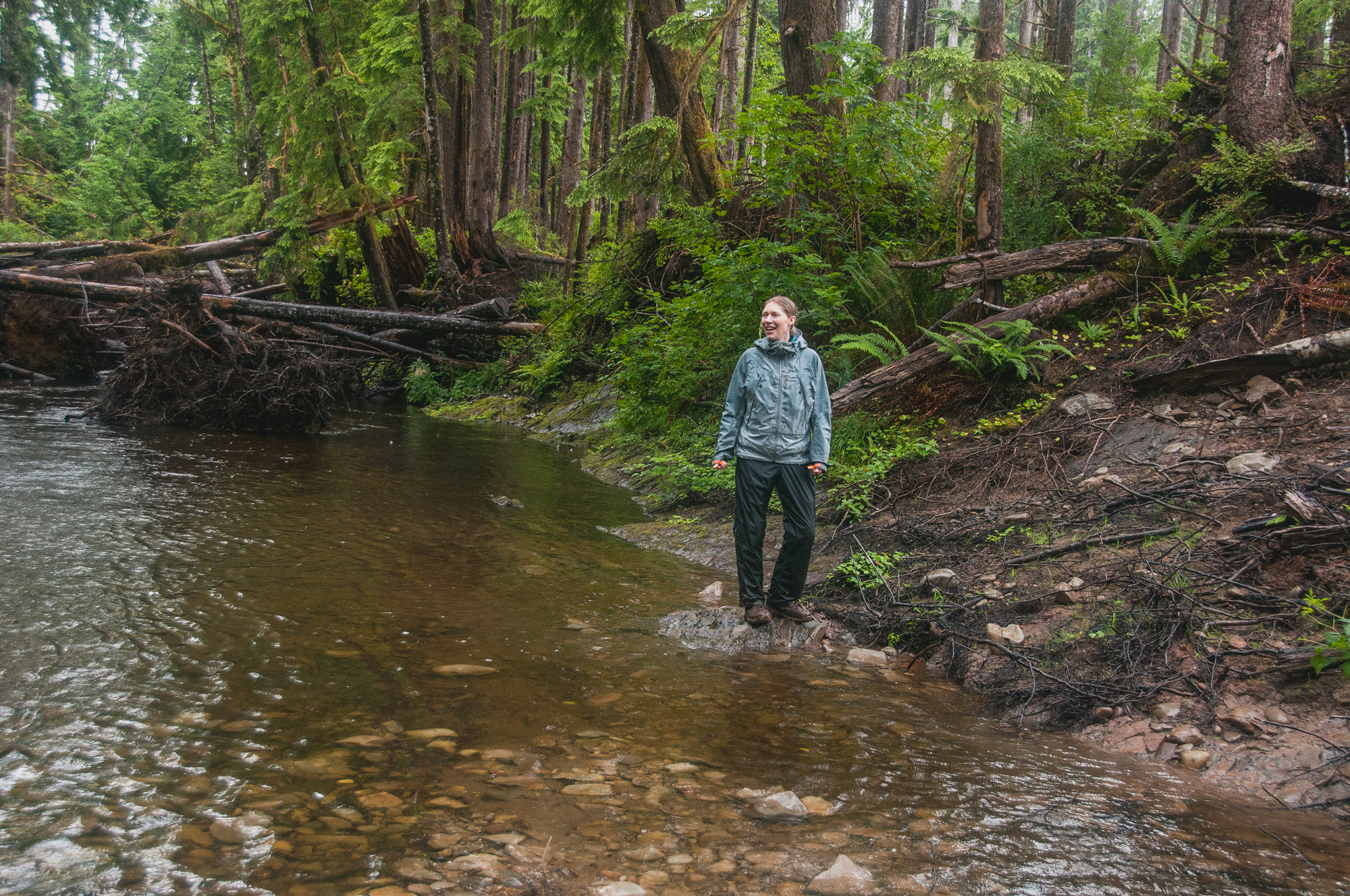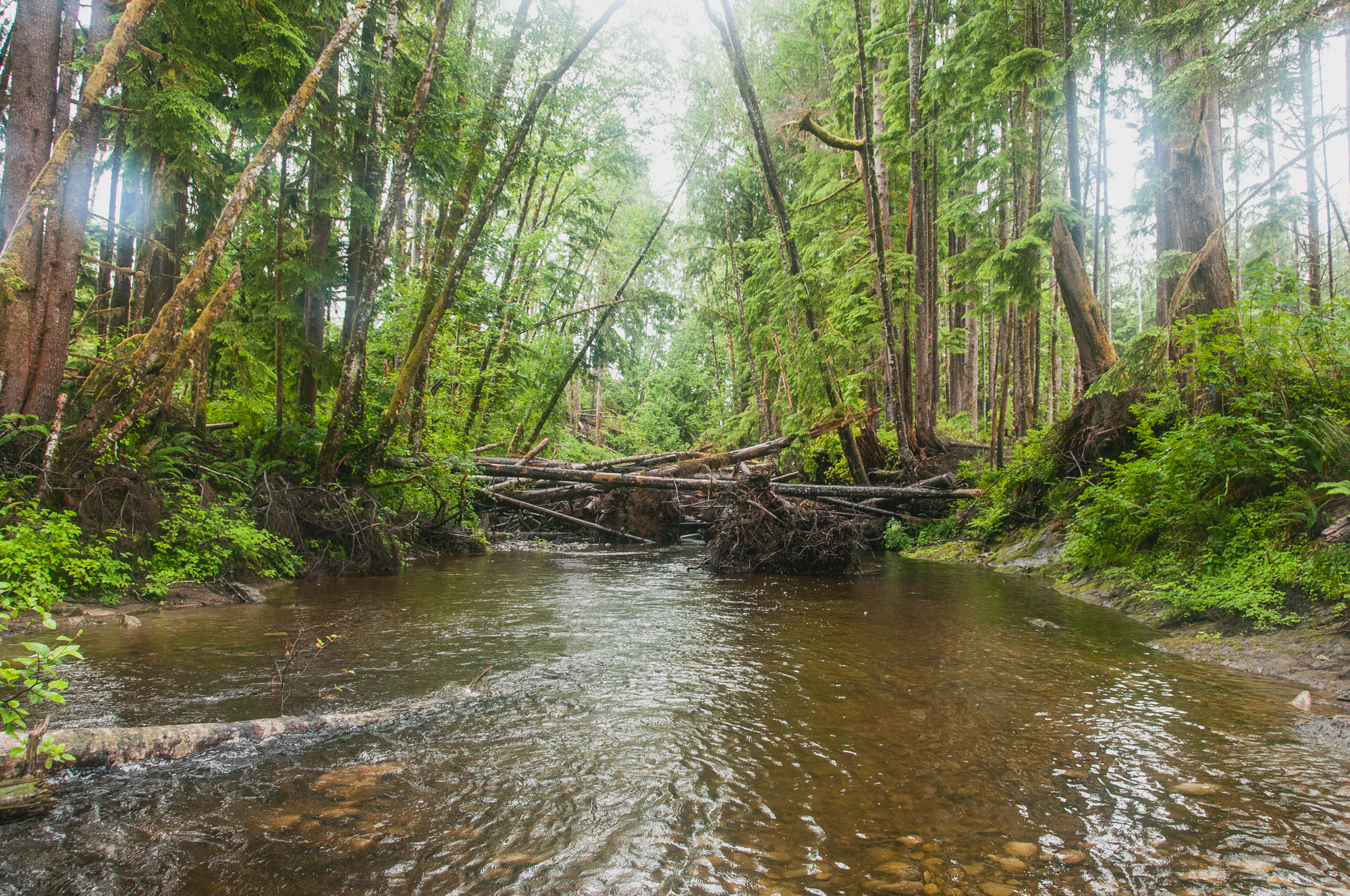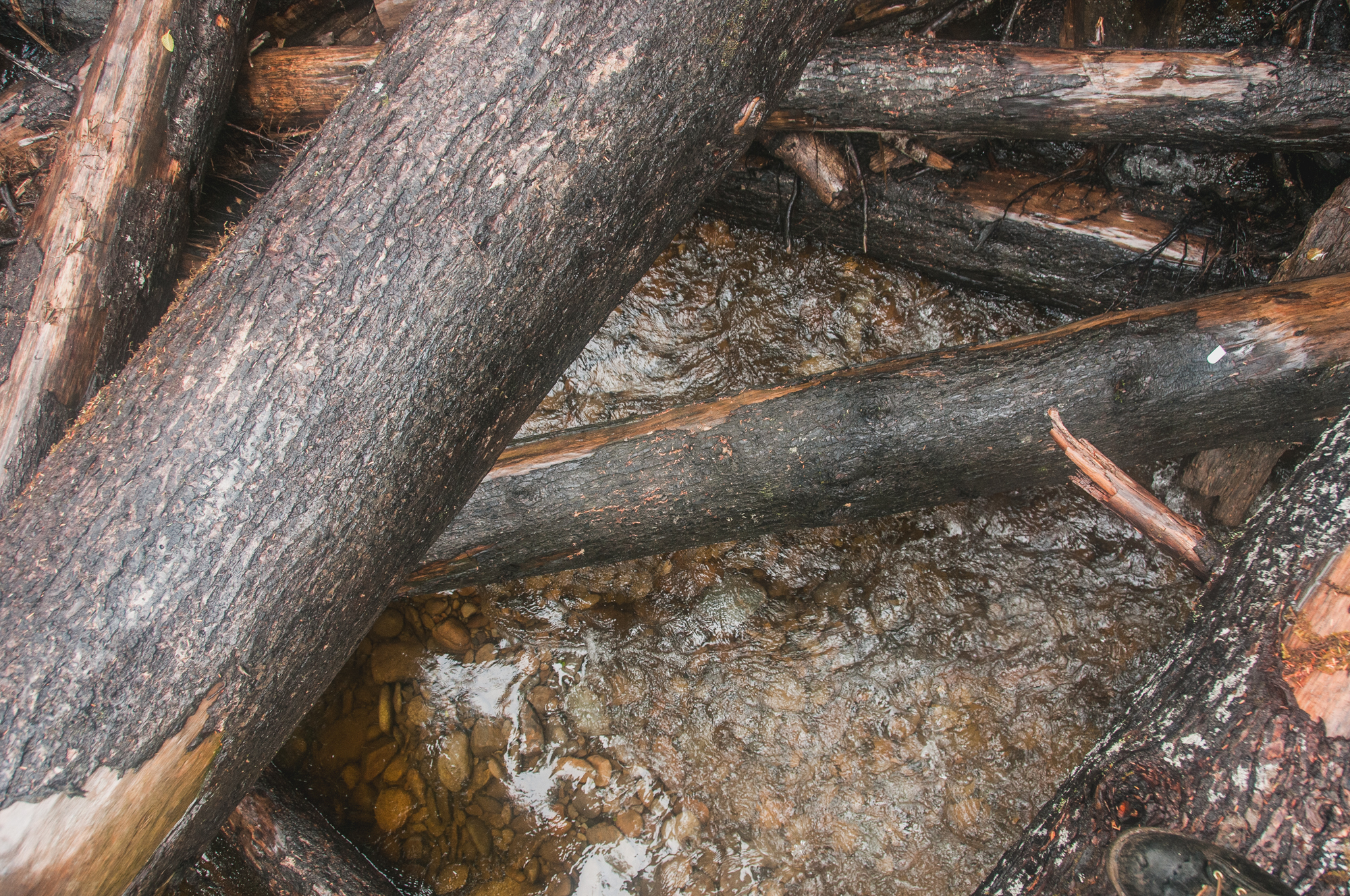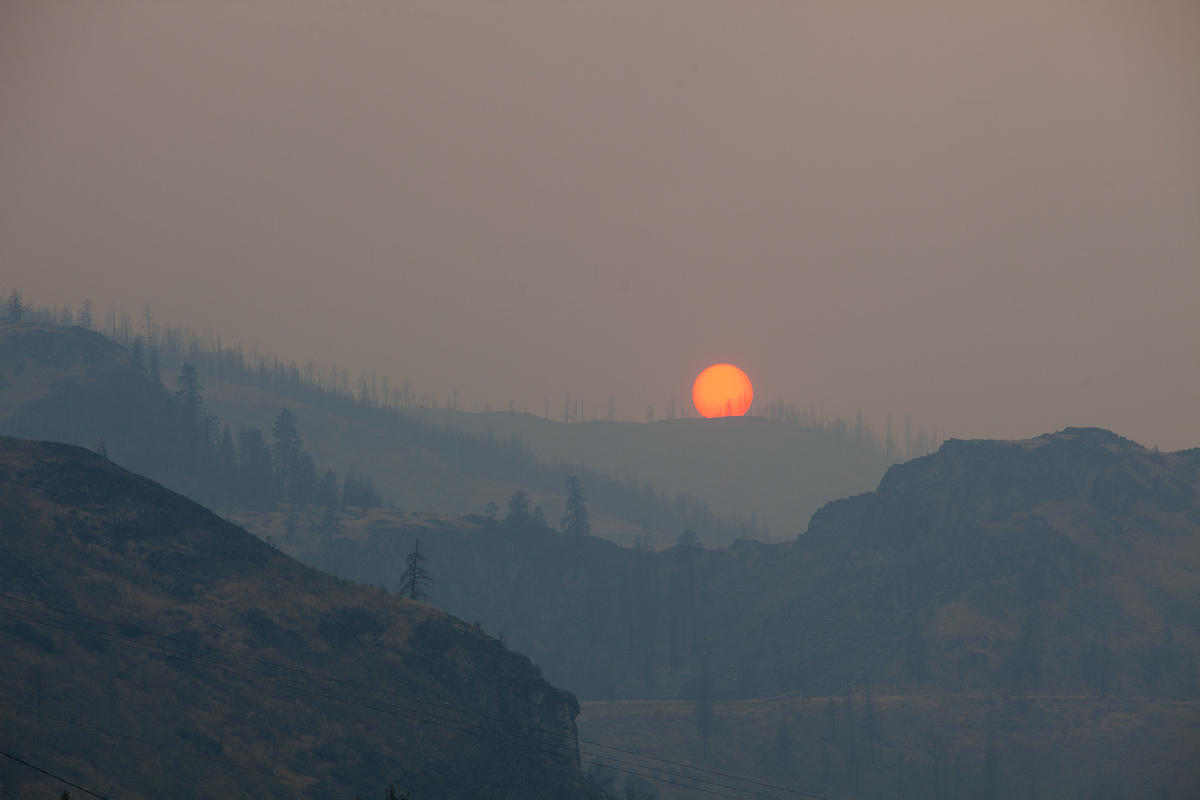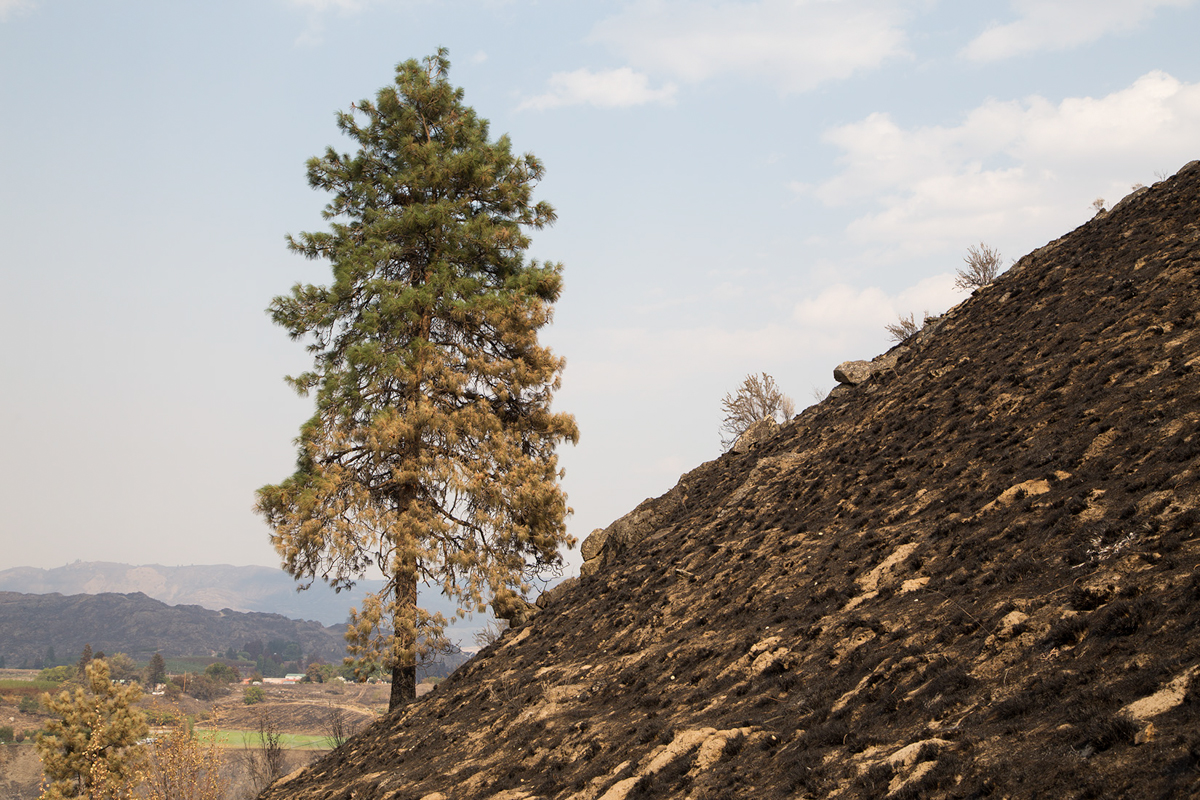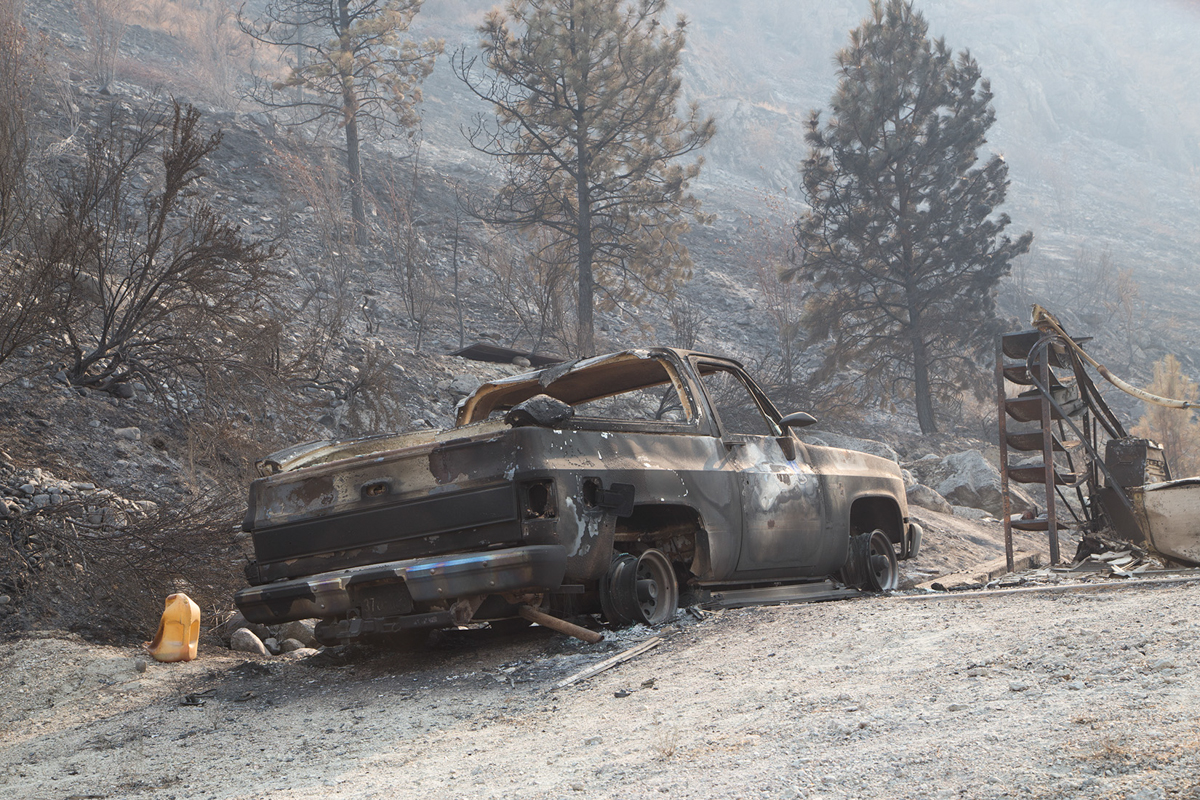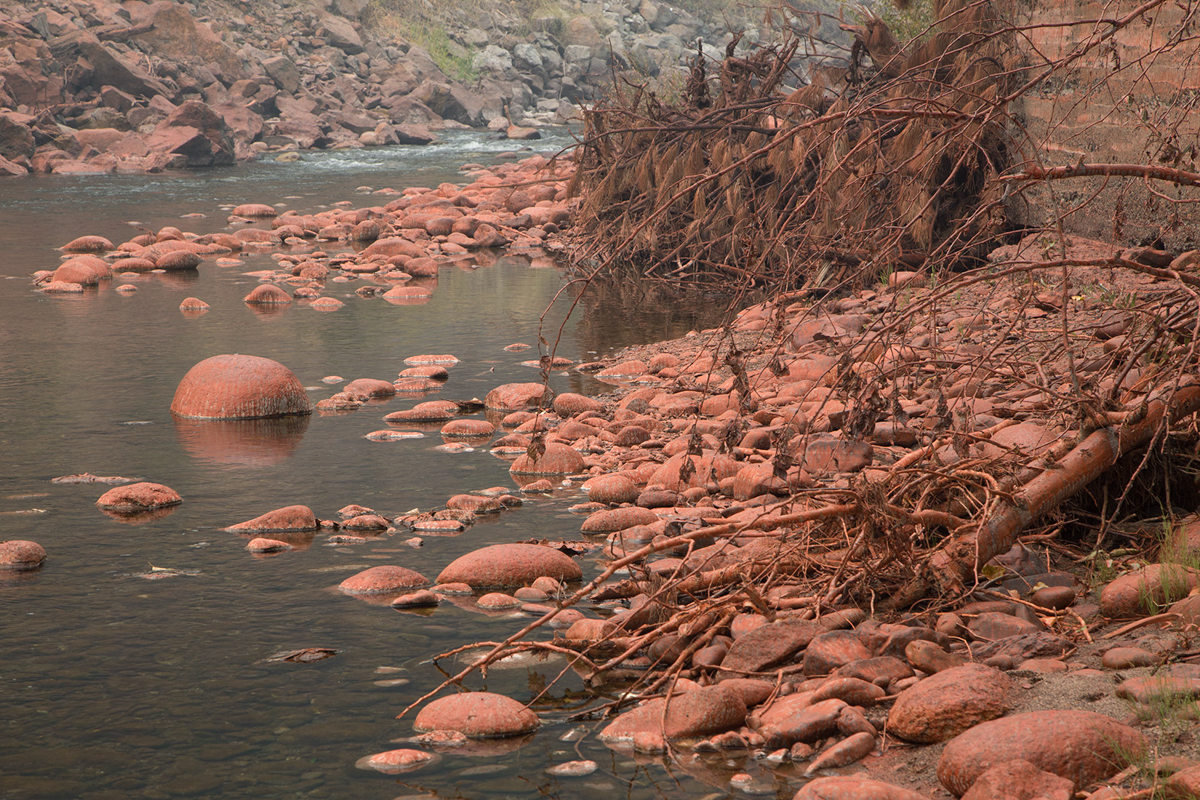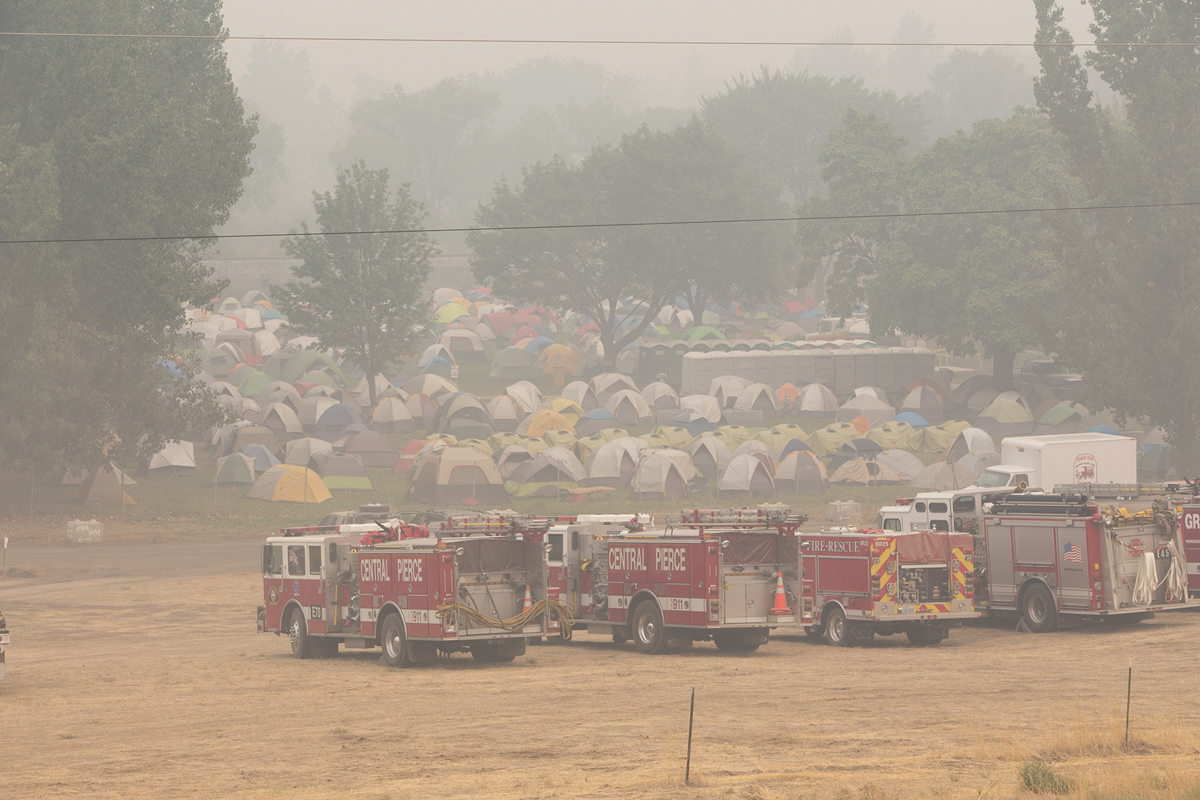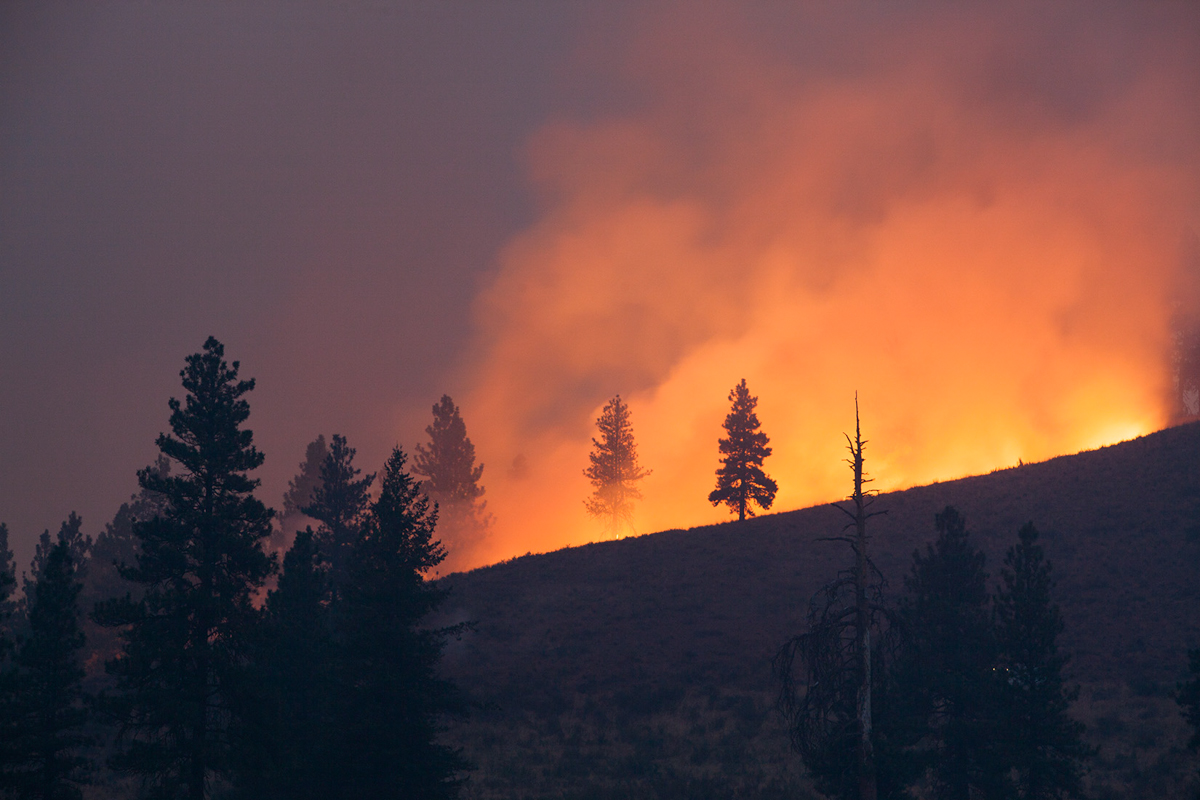Photography by John Marshall
Once again our state has set a grim record. For the second summer in a row, we are experiencing the largest wildfire in our state’s history. Nearly 1 million acres have burned, hundreds of homes have been lost, and, most devastating, three firefighters lost their lives fighting the blazes that blanket North Central Washington.
Read our Board Chair Byron Bishop’s guest opinion column about actions we can take now to reduce the threat. It appeared in the Seattle Times, Sunday, Sept. 6
The Conservancy has been advocating for and working on strategies to improve our resilience to these megafires.
Here’s a roundup of recent news coverage:
Seattle Times, Nov. 9: Legislature needs to provide the funding to pre-empt wildfires
Seattle Times editorial on the need for Legislative funding for fire solutions
Seattle Times, Nov. 9: Congress needs to address wildfires like any other disaster
Seattle Times editorial in support of the Wildfire Disaster Funding Act, which is a Nature Conservancy priority for Congress. It would bring funding stability to the Forest Service, which has to spend money designated for improvements on fighting fires.
KING-TV, Oct. 15: Forest restored to pre-wildfire condition
KING TV’s new environmental reporter, Alison Morrow, did a feature story on the collaborative restoration project at Oak Creek Wildlife Area, designed to make the forest more resilient in the face of wildfire.
Seattle Times, Oct. 11: Fighting Fire With Fire
Front-page storyon the importance of controlled burning in fighting wildfire, and the barriers to getting more done in Washington:
“We have a set of regulations that are fairly outdated,” said Reese Lolley, director of the Nature Conservancy’s Eastern Washington Forest Program. “More and more, I think we are looking at how do we better live with fire, and how do we use it as a tool.”
Our forest scientists played a critical role in helping the reporters develop the story.
The Olympian, Sept. 27: Dramatic climate shifts require attention to forests, water
Guest opinion column by Washington State Director Mike Stevens and Public Lands Commissioner Peter Goldmark.
Wenatchee World, Aug. 30: Preparing for the next megafire
“The federal and state agencies, local government, and stakeholders through groups like the Nature Conservancy and the North Central Washington Forest Health Collaborative, know what to do and are ready to go.”
Tri-City Herald, Aug. 28: Wildfires should have natural disaster status
“Federal Agencies have run short of wildfire suppression money eight times since 2002, according to The Nature Conservancy in Washington State.”
Seattle Times, Aug. 26: Why we have such large wildfires this summer
“Analysis by the Nature Conservancy and U.S. Forest Service found that about 30 percent (2.7 million acres) of Eastern Washington federal, state, tribal and private forestland needs some kind of thinning or treatment to reduce the risk of wildfire. That could include cutting smaller trees or using planned fires to thin the forest.”
Wenatchee World, Aug. 19: We burn, but we have initiative
“‘We need to be proactive in reducing these hazardous fuels,’ said Lloyd McGee of the Nature Conservancy. That requires controlled burns and mechanical treatment.”
Yakima Herald, Aug. 19: New tools needed to improve wildfire prevention
“Collaborative efforts between the state, the Forest Service and the Yakama Nation at thinning fuel and restoring forest health have reduced fire risks, said Mary Sutton Carruthers, coordinator of the Tapash Sustainable Forest Collaborative.”
Wenatchee World, Aug. 18: Leaders search for solutions for wildfire management
“‘We’re fighting a war. To win a war sometime we have to learn how to live with the enemy,’ said Lloyd McGee, Eastern Washington Forests Program manager for The Nature Conservancy.”
Yakima Herald, Aug. 6: Advocating for the Wildfire Disaster Funding Act
“‘We’re going to fight these fires and pay for them one way or another, but this sets up a more rational way of funding that doesn’t impact other programs,’ said Cathy Baker, governmental relations director for The Nature Conservancy in Washington. ‘We’re really pleased with the strong bipartisan support for solving this. They just haven’t gotten there yet.’”







